
Obtain an accurate food/water ingestion history; be suspicious of bacteria, protozoa, and environmental toxins; educate patients on good kitchen hygiene. Here, a few more essentials to keep in mind when you suspect a foodborne illness.

Obtain an accurate food/water ingestion history; be suspicious of bacteria, protozoa, and environmental toxins; educate patients on good kitchen hygiene. Here, a few more essentials to keep in mind when you suspect a foodborne illness.
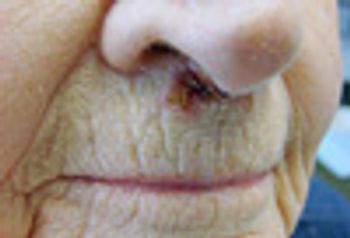
An 82-year-old woman presents with a persistent “face sore,” which she ascribed to repeatedly and frequently blowing her nose during a recent upper respiratory infection.

A 58-year-old man presents with myalgias of approximately 1 week’s duration. He had been recently treated for sinusitis and symptoms resolved. His only medications were hydrochlorothiazide for hypertension and simvastatin for hyperlipidemia. He and his wife had gone camping 1 month before this visit.
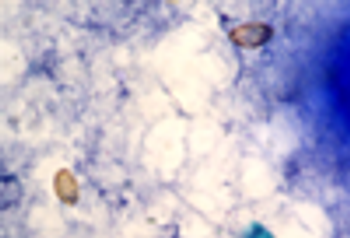
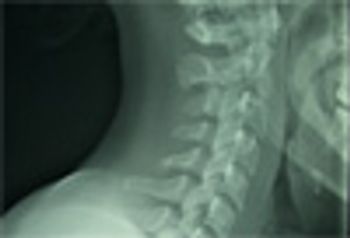
A woman in her 20’s presents for care after 9 days of sore throat and subjective fevers followed by neck stiffness that developed over the last 2 to 3 days. The pain is exacerbated by swallowing and any neck motion. She has had sore throats before, but never this bad or this long and never that made her neck stiff.

What are the most effective ways to reduce the incidence of acute exacerbations of chronic obstructive pulmonary disease?
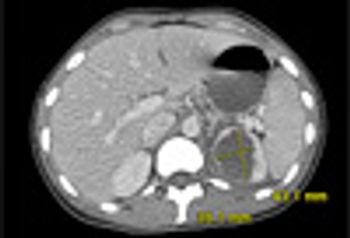

A 47-year-old man in no apparent distress presented with intermittent facial pain, involuntary right facial muscle contractions, bilateral muscle spasms, trismus, involuntary tongue protrusions, tongue trauma, and an excessive gag reflex. He had taped a pacifier to his face to prevent tongue damage during involuntary clenching.

A 66-year-old woman is concerned about a gradually increasing rash located on the buttocks, lower back, abdomen, and upper, posterior thighs. The eruption has been present at least 18 months and is mildly pruritic.
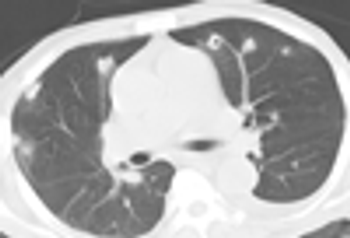
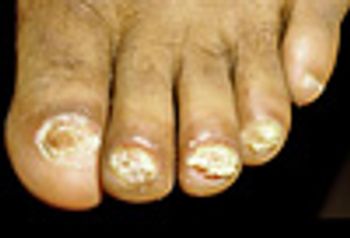
A 33-year-old man seeks attention for his abnormal toenails, having already failed full treatment courses of both terbinafine and itraconazole.
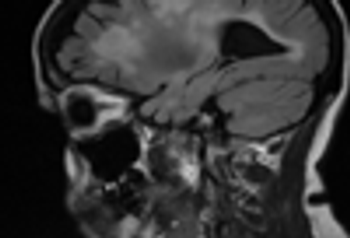
Here: 10 tips that can help you provide optimal care of your patients with MS.

Distinguish Amebic Colitis from E coli infection faster

A tip for identifying pinworm infections in pediatric patients.


No typical clinical signature; variable serology; 10% atypical lymphocytes. Here, read more about the essentials in detection and treatment of EBV infection.

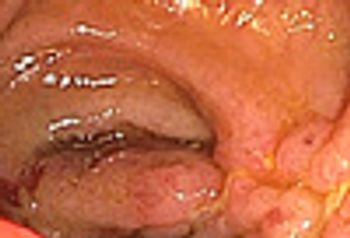
Patients with IBD may have discomfort for 3 to 5 years before a diagnosis is made. Many are treated unsuccessfully with antibiotics, anti-spasmodics, or narcotics. Here, read 5 important tips, plus a bonus point, to help streamline diagnosis and management.

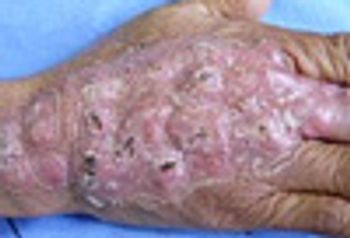
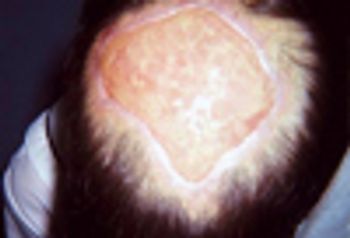
Although this patient has been treated by several health care providers for this expanding lesion on his scalp, nothing has worked. The pathology is clearly outside the “normal” realm. What’s going on?
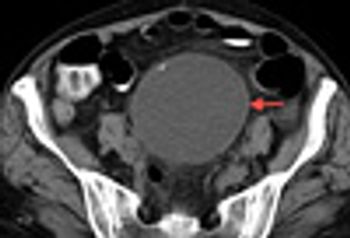

A 50-year-old African American woman with type 2 diabetes mellitus and hypertension was admitted with constant bilateral knee and thigh pain and swelling of both knees, all of 1 week’s duration. The pain was not relieved with hydrocodone/acetaminophen and had caused weakness and subsequent falls.
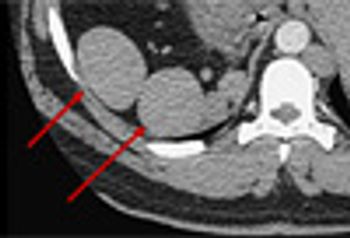

Here: Ted Rosen, MD, presents 5 tips about 5 skin disorders that you might not know.